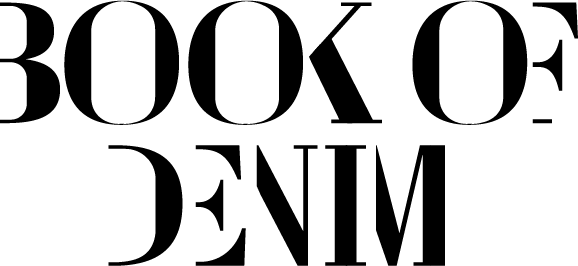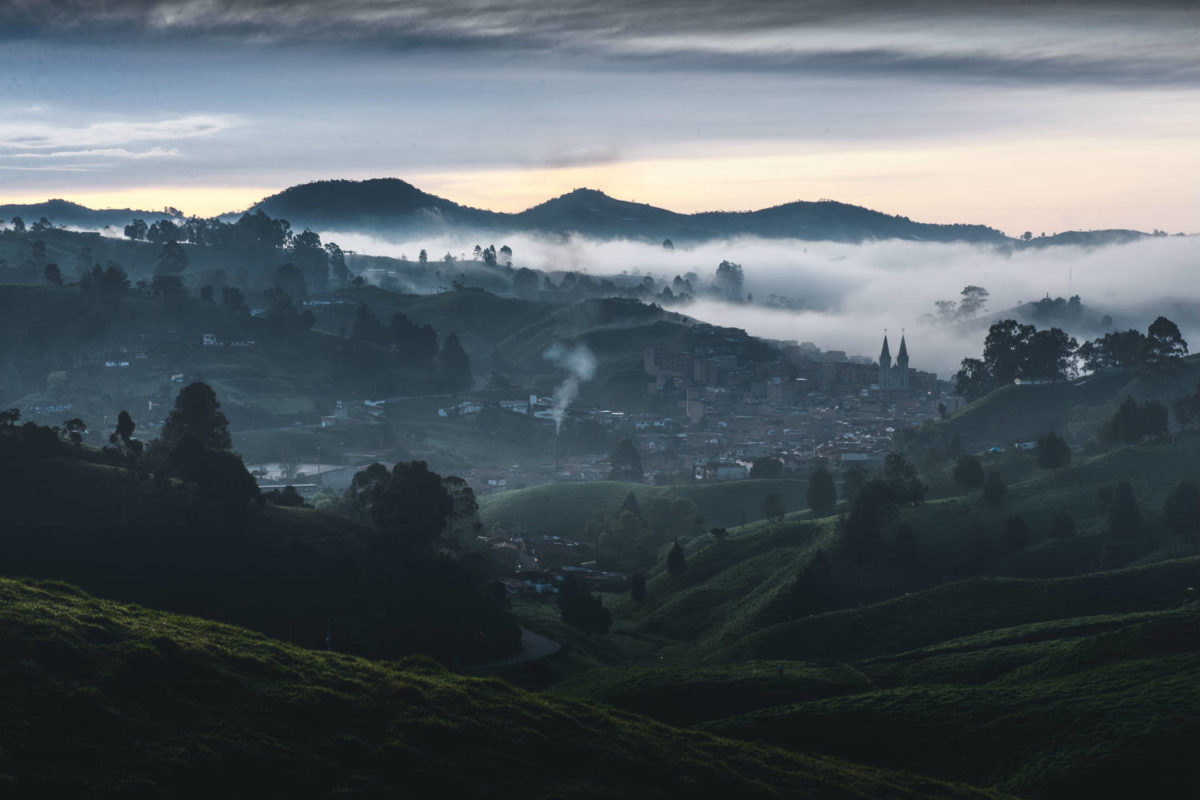Shorts (Book of Denim #1)
Blue is the Warmest Color
Text: Victor Verbeek | Photography: Martin Scott Powell | Styling: Kanako B. Koga
“Write about a village,” the Colombian author Gabriel García Márquez famously advised his colleagues, “that way your stories will become universal.” Our story is about Donmatías, a mountain village near Medellin, shaped by decades of local blue jeans production. Book of Denim traveled to this non-fictional pueblo azul.
“Things have a life of their own. It’s simply a matter of waking up their souls.”
― Gabriel García Márquez
II
Tucked against the blue facade of a two-story building, a fruit stall vendor looks up from his paper and scans the street for customers. Seeing there’s no one around, he gets up to return his empty cup to the coffee place across the road. It’s a slow morning in the industrial zone.
Inside the blue building, however, things are bustling. There, the employees of Lavandería Prointex are busy washing, scraping, and chemically abrading denim. Bundles of deep indigo slowly tumble inside giant washing machines. The whirring of rotary abrasion tools is drowned out by an FM-radio playing salsa…
IV
On weekdays around lunchtime, the streets of Donmatías are brimming with schoolchildren. Some students stop at workplaces like the Prointex to eat lunch with their mother or father, whilst others stop by for a quick kiss or hello.
The enterprise later to become Prointex was the first laundry of its kind, playing a leading role in the development of Donmatías as a blue town. Founded in 1987 by three partners: Juan Luis Gomez, Juan Carlos Gaviria, and Pedro Angel, it is Prointex’s dedication to environmental sustainability, that strives, in quoting Angel, “to leave behind a better world”. So with Prointex’s congenial company culture making employees tend to stay around, it has been longtime experts like their head of chemical engineering Maria Lucena Zapatahas, who have helped oversee the company’s newest generation of more water and energy efficient chemicals.
Not only has the company worked on making sure that the water which leaves the factory is almost as clean as it was when it is received, but the move to computer-driven laser equipment also cancels out the need for sandblasting, a method hazardous to both laundry workers and the environment.
VI
“I believe that each laundry develops its own language,” says head of design Juan Manuel Gómez. “Our language is clearly influenced by Europe, Italy in particular.” In Italy, Gomez has been handcrafting a series of finishes, working with chemicals from suppliers with a presence in Colombia such as Garmon, Italianjob, Nearchimica, and Officina 39. It’s a constant dialogue, mediating between the clients and the production team, between chemicals and concept.
“Why always fall back on the same references?” Gomez asks, “Why not create something more eclectic, new in terms of its history?” Because in the end, Gómez says with a grin on his face, laundry work is a form of alchemy, it’s about putting the soul in a pair of denim.

